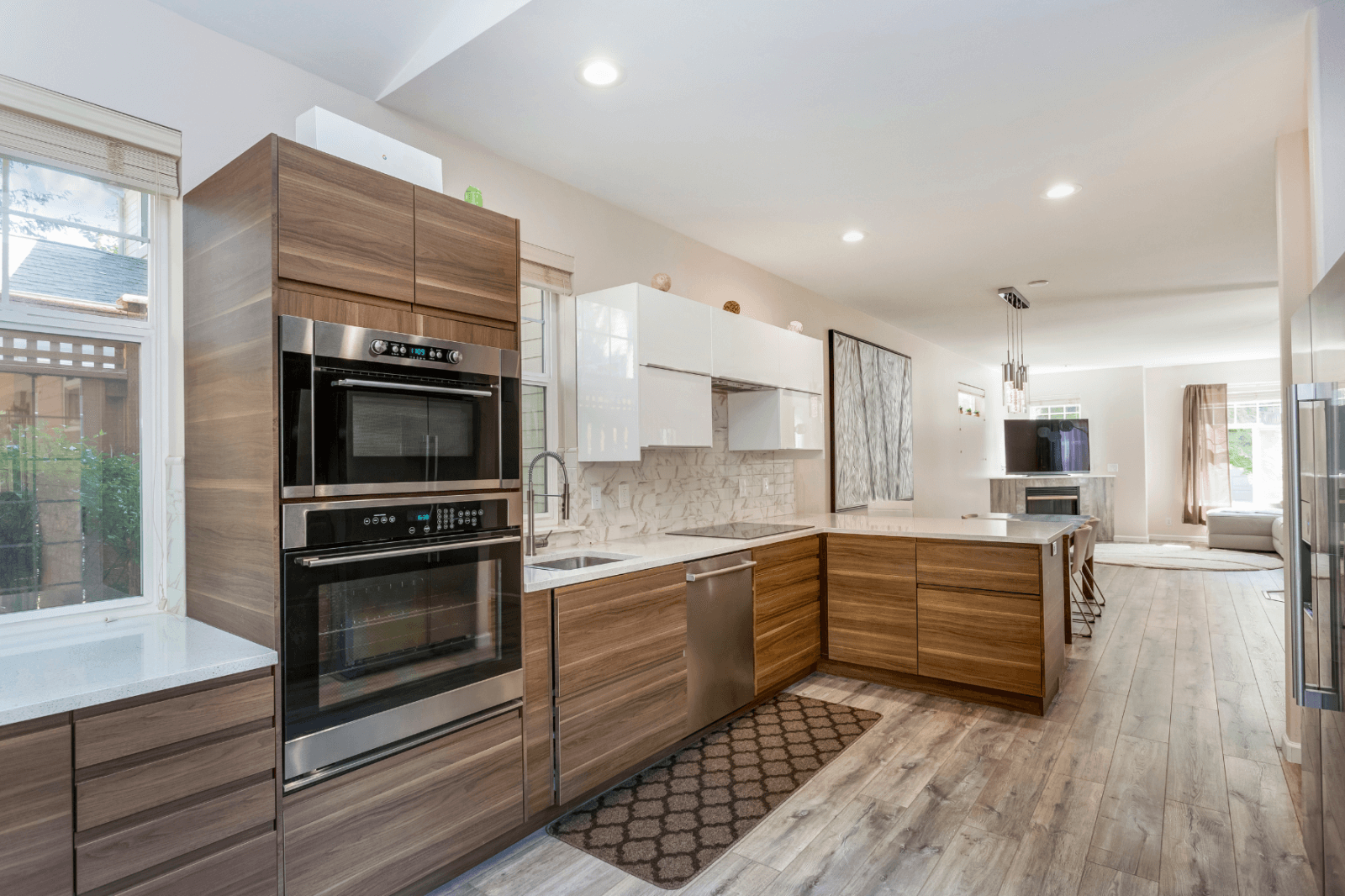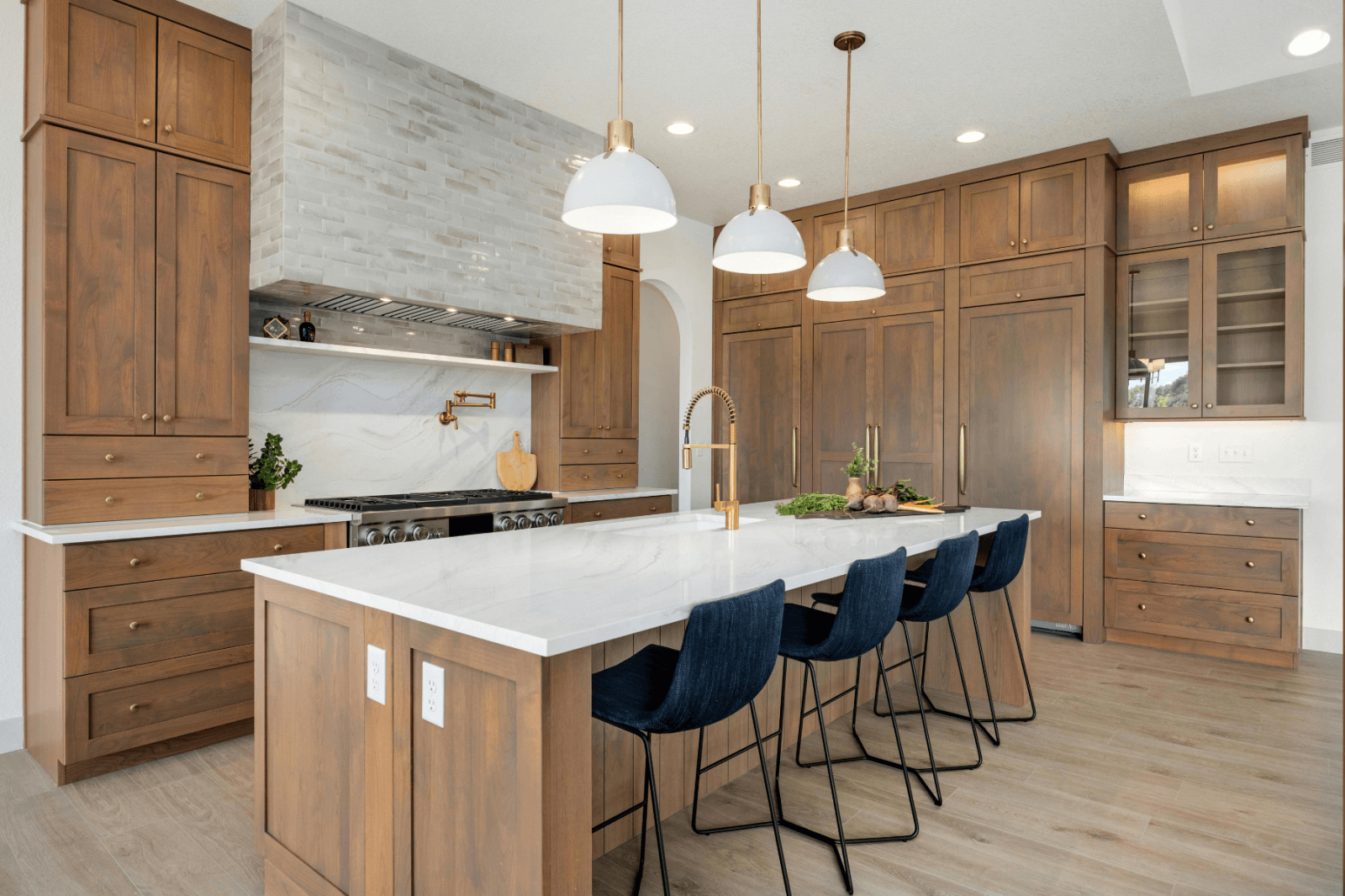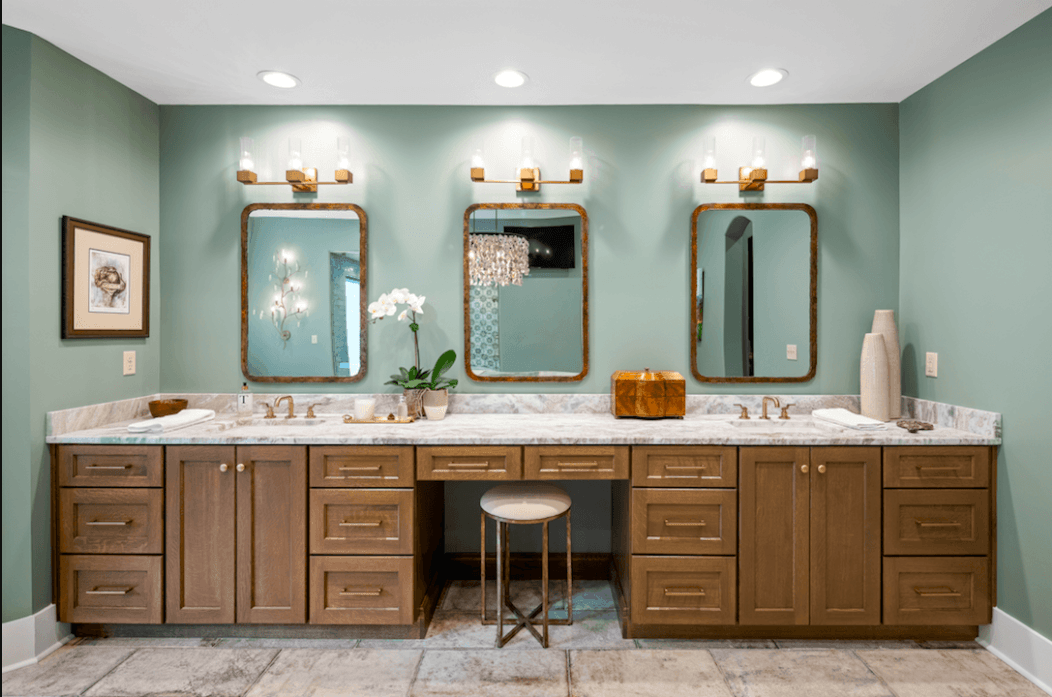One secret to designing a great kitchen is to account for your storage needs and desires in the initial planning phase. A storage plan will address how often you cook, entertain and hold gatherings. A great kitchen must not only look out of this world, it also must incorporate the best functionality that meets your needs.
We find that many homeowners in Chattanooga have amassed a wide range of cookware, bakeware, kitchen tools, storage containers, cutlery, utensils, gadgets, and countertop appliances. Preparing for a renovation is a great time to curate and purge items that are rarely if ever used. There is no need to feel badly about the purge, because you are not alone.
Yougov researcher David Montgomery recently surveyed 1,000 adults to determine the different items that are found in their kitchen drawers and cabinets. The results are fascinating. Here are several of the key findings:
- 35% of Americans own a spork which is a utensil that combines the functionality of a spoon with two to four fork-like tines.
- More men own sporks (38%) than women (31%) and more people under the age of 30 (58%) own a spork compared to 25% of the rest of the population.
- 91% of Americans own a steak knife.
- 99% of Americans own a fork, 98% own a spoon and 96% own a dinner knife.
- 48% of Americans own chopsticks.
- 47% of Americans own a garlic press, which is more popular in the Northeast than in the West.
- The spatula is the most used kitchen utensil, with 64% reporting they use one frequently and only 2% of the population responding they don’t own one.
- Other items that are owned and used most frequently are cutting boards, can openers and measuring cups.
- If you have a rolling pin in your kitchen it is likely to be under used. Only 14% of Americans use a rolling pin frequently .
- A head scratching find is that 12% of Americans do not know if they owned a zester and 15% were unsure if they owned a mandolin slicer. Comparatively, only 2% of Americans were unaware if they owned a measuring spoon or whisk.
- 65% of those who described themselves as great cooks reported having a zester compared to 37% of others who claimed that they were good, okay or terrible cooks.
Despite a movement away from kitchen clutter, the survey found that 27% of Americans would like more gadgets in their kitchen compared to 17% who wanted less. Regardless of where you fall, a key to creating a great kitchen is to account for the items that you and your family use most often and to work with a savvy and experienced designer who can create a storage plan that meets your unique needs.
If you would like assistance in creating a clutter-free kitchen, call at 423-266-0077 or make an appointment to visit our showroom either in person at 2601 Broad St.






